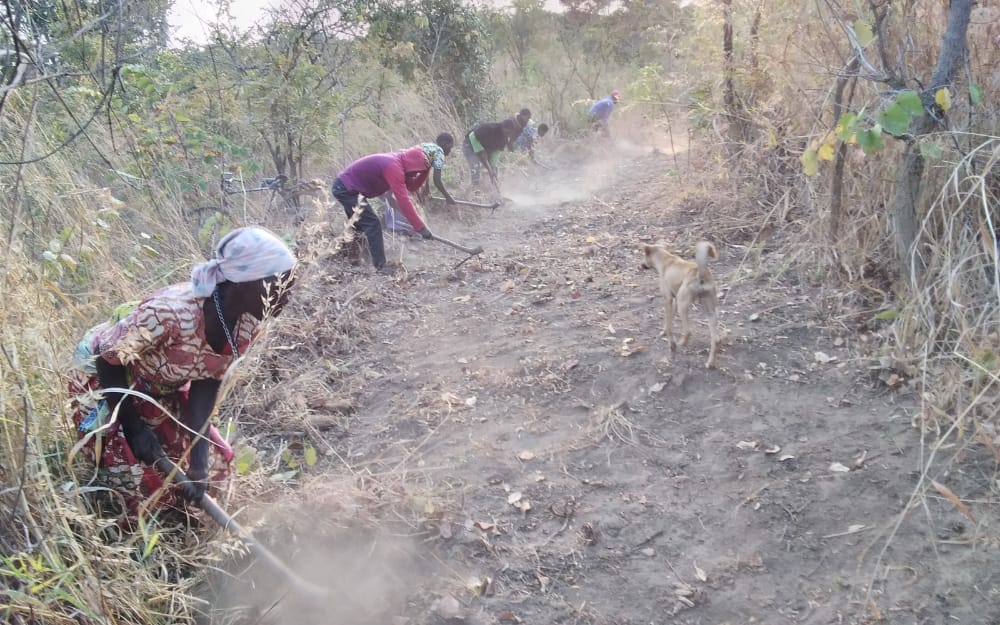Assisted natural regeneration and soil and water conservation
Assisted natural regeneration stand
Captured by Stevie matcheso
This is the process where degraded forests are left deliberately to regenerate from the stumps, roots or seeds, but man comes in to undertake selected activities to allow the regenerants to grow vigour and health. The activities may include pruning, singling out, thinning, weeding or even fire prevention activities.
The building block has proven to be effective. The fact the the shoots are from well established stump supported by already grown roots, the regenerants grow very fast and become very resistant to harsh environment such as inadequate rains. Another factor is that the species are already in their native land, hence grow fast and successfully. The technology is cheap - Neither tubes nor nursery work and costs are needed.
It is cheap technology. No nursery work or costs are incurred, yet resistant to harsh growing conditions
